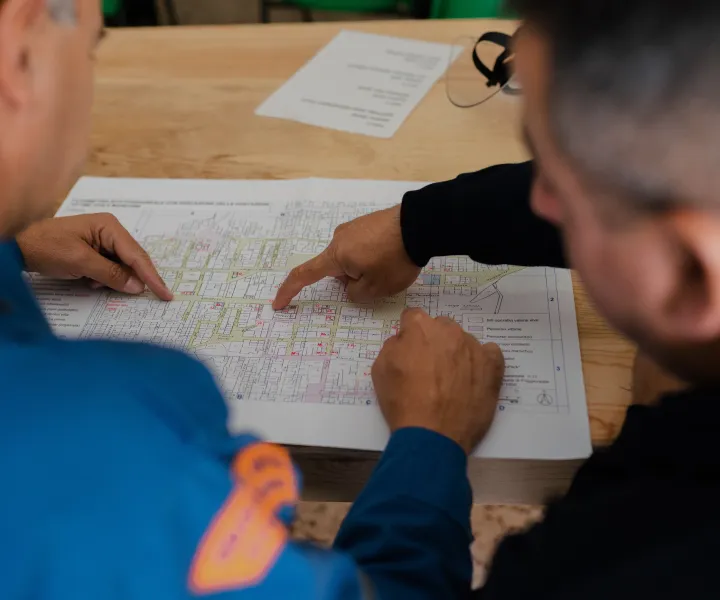The 6 Biggest Mistakes HOAs Make When Writing RFPs
If your RFP is fuzzy, your bids will be all over the map. That means delays comparing proposals, more questions from vendors, and—worst of all—change orders later when contractors price the things your RFP never asked for. The fix isn’t fancy: it’s clarity. After 40+ years on both sides of the table, here are the six mistakes we see most—and how to avoid them.
Mistake 1: Vague Scope (No Quantities, No Specs, No Photos)
What happens: Contractors guess. You get “allowances” instead of hard numbers. Low bids win on paper and balloon on change orders.
“Contractor shall remove and replace 120 LF of 24-gauge K-style gutter at Buildings 3–5; tie into existing downspouts; slope at 1/16” per foot minimum; color to match existing; include all hangers/sealants/straps.”
Mistake 2: Mixing Alternates into the Base Bid
What happens: If optional upgrades or alternates get lumped into the main scope, every contractor bids something different. One may include them, another may not. The result is “apples to oranges” — bids that look inconsistent and are impossible to compare fairly.
“Base Bid excludes Alternates A–C. Provide separate pricing for each alternate. Include unit prices for added LF/SF beyond plan quantities.”
Mistake 3: No Pre-Bid Walk or Questions Window
What happens: Bidders make different assumptions. Surprises pop up later.
- Require a mandatory pre-bid walkthrough and publish one shared Q&A addendum.
- Have contractors email questions with “RFI” (Request for Information) in the subject line.
- Send every answer to all bidders to keep the playing field level.
Mistake 4: No Schedule, Phasing, or Occupancy Limits
What happens: Work conflicts with residents, weather, or other projects.
Mistake 5: No Minimum Qualifications or Insurance Requirements
What happens: Unqualified bidders submit low numbers, then struggle or default.
- General liability
- Vehicle insurance (state type and limits)
- Workers’ compensation
- Any special insurance needs
Mistake 6: Allowing Substitutions
What happens: Vendors swap cheaper products that don’t meet your needs.
Field Note: The Danger of Incomplete Inspections
We see incomplete scopes nearly every year. For example, an HOA skipped inspecting chimneys and second-floor walls because a few patios were inaccessible. One bidder priced the full scope, while another excluded the skipped areas and came in thousands lower—with fine print: “Any item not listed is not included.” That left the HOA exposed.
At-a-Glance: What “Good” Looks Like
- Outcome-driven scope + quantities + photos
- Structured bid form (base vs alternates, unit prices)
- Pre-bid walk + Q&A addendum
- Realistic schedule + phasing + occupancy limits
- Minimum qualifications, insurance, references
- Detailed materials list with no substitutions
What you need: A well-written RFP has a lot of moving parts—site photos, quantities, alternates, unit pricing, schedule limits, vendor qualifications, and material standards. Miss one and you invite delays and change orders. If you’d rather not juggle all of that, work with Reeves Construction Advisors. We’ll verify the site, write a clean scope and RFP, and bring back bids you can compare apples-to-apples—so your board can make a confident decision.
SCHEDULE A CALL WITH PAUL
%20(1).png)
%20(1).png)
%20(1).png)
.png)
.png)

